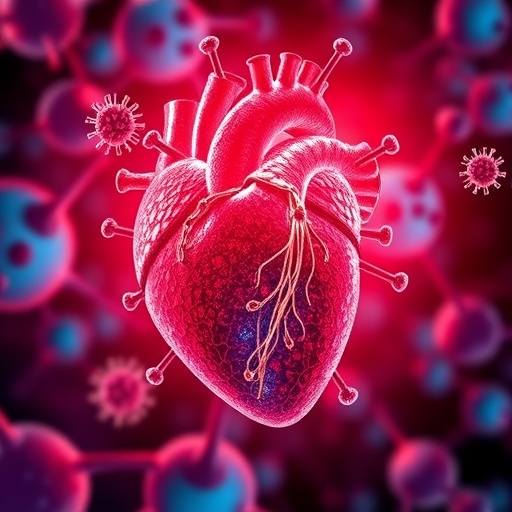Consumers already ingest high quantities of aluminium via their food, which means that it is likely that some people already reach the maximum weekly limit for aluminium intake via this route. "Anyone who wants to reduce their additional intake of aluminium can use stainless steel trays when barbecuing food rather than wrapping acidic foods or food containing salt in aluminium foil", says BfR President Professor Dr. Dr. Andreas Hensel. The latest "BfR Consumer Monitor Special" also clearly shows that there are differences between what a certain section of the population believes to be a risk and what really constitutes a risk from the point of view of scientific risk assessment. It is conceivable that the desire to avoid the intake of aluminium also prompts consumers to also avoid certain behaviours that do not in fact pose any health risk." The BfR Consumer Monitor Special shows us what we need to explain even more clearly in our future risk communication activities", says Hensel.
A BfR research project in 2017 investigated the migration of aluminium from uncoated meal trays into foods – and found that aluminium ions can enter foods, particularly when acidic foods or foods containing salt are being kept warm. The BfR conducted a representative survey on aluminium in the food sector in order to ascertain the attitudes, risk perceptions and knowledge of the population with regard to this topic. In this survey, around 1,000 people above the age of 14 living in private households in Germany were interviewed by phone for the BfR.
When consumers are asked which substances migrate from food packagings or containers into food, the substance they think of immediately after plastic is aluminium. Roughly two in three respondents said they had also heard similar things about plasticisers and mineral oil in this context. Almost one in two have taken measures to reduce their intake of aluminium, with the focus on reducing the use of aluminium foil and preferring aluminium-free deodorants. From the point of view of risk assessment, antiperspirants that reduce sweating through the use of aluminium salts constitute a possible source of aluminium absorption by the body in the segment of cosmetic products.
54% of respondents said that acidic foods or foods containing salt should not be stored in aluminium foil. And 48% had heard that it is advisable to use grilling trays made of other materials such as stainless steel. What is less well known is that food barbecued in aluminium foil or trays should only be salted or spiced after grilling (36%).
The BfR is particularly interested in ascertaining whether public perceptions differ from the scientific assessment of health risks. To what extent are the respondents aware of information on handling aluminium that extends beyond the official recommendations? In order to gain some idea of the "dividing line" in risk communication on aluminium, the survey asked consumers whether they had heard that small children should not have any contact with aluminium. Over 40% of respondents replied in the affirmative, although there are no scientific grounds for such precautionary measures. Another practice without any scientific basis is washing hands after touching aluminium cans. Nevertheless, one in five respondents still say they have heard of this practice. These responses provide all the more reason to communicate the recommendations derived from risk assessment even more clearly and systematically.
When asked about the potential health risks associated with aluminium, the most frequently named risk is that of cancer, despite the fact that – for all the public debate on the issue – there is no scientific evidence for a connection between the use of antiperspirants containing aluminium and breast cancer. Accordingly, the majority of people see the safety regulations on aluminium in food packaging materials and tableware as being inadequate.
Many foods and consumer products contain aluminium and its compounds. In order to prevent the migration of aluminium, packagings and containers for food such as beverage cans, yoghurt cup lids or tanks for fruit juice are coated on the inside. The European Food Safety Authority (EFSA) has defined a tolerable weekly intake of 1 milligram of aluminium per kilogram bodyweight for oral intake via food. This assessment of the health risk of aluminium is based on effects on the nervous system, on fertility and unborn life, and on bone development. This value may be exceeded in some cases, however. When ingested with food, the acute toxicity of aluminium is low, but the health risks of chronic intake have not yet been adequately researched. The BfR therefore recommends that the additional intake of aluminium be prevented wherever possible.
###
About the BfR
The German Federal Institute for Risk Assessment (BfR) is a scientifically independent institution within the portfolio of the Federal Ministry of Food and Agriculture (BMEL) in Germany. It advises the Federal Government and Federal Laender on questions of food, chemical and product safety. The BfR conducts its own research on topics that are closely linked to its assessment tasks.
The BfR is 15 years old. To mark the occasion, the institute has published an anniversary brochure which can be downloaded free of charge at http://www.bfr.bund.de/en/publication/brochures-61045.html
This text version is a translation of the original German text which is the only legally binding version.
Media Contact
Suzan Fiack
[email protected]
0049-301-841-24300
@bfren
http://www.bfr.bund.de/en/home.html
http://www.bfr.bund.de/en/press_information/2018/10/aluminium_and_food___almost_half_the_population_tries_to_avoid_aluminium_in_everyday_life-204029.html




